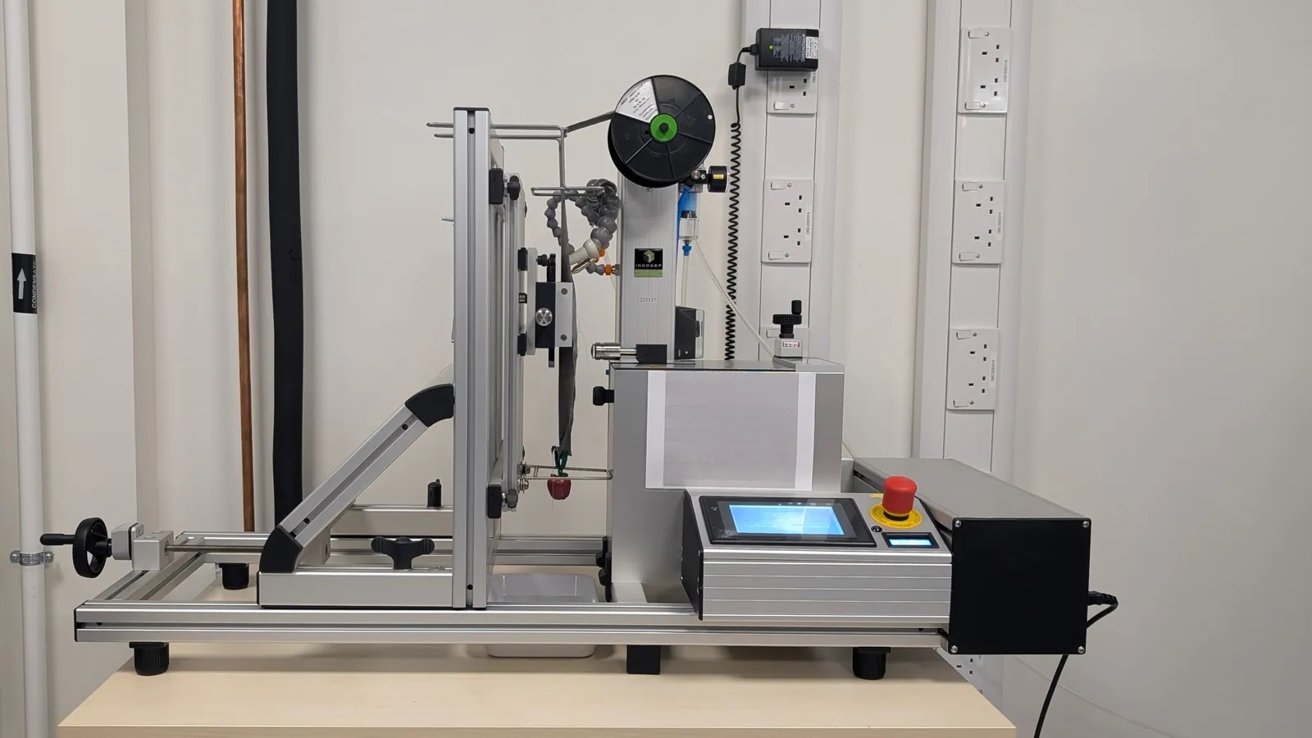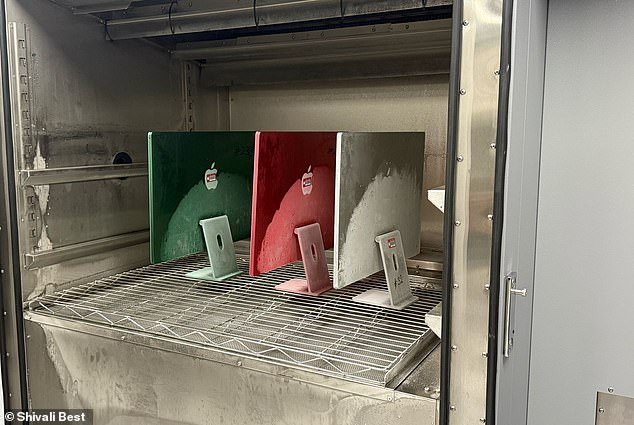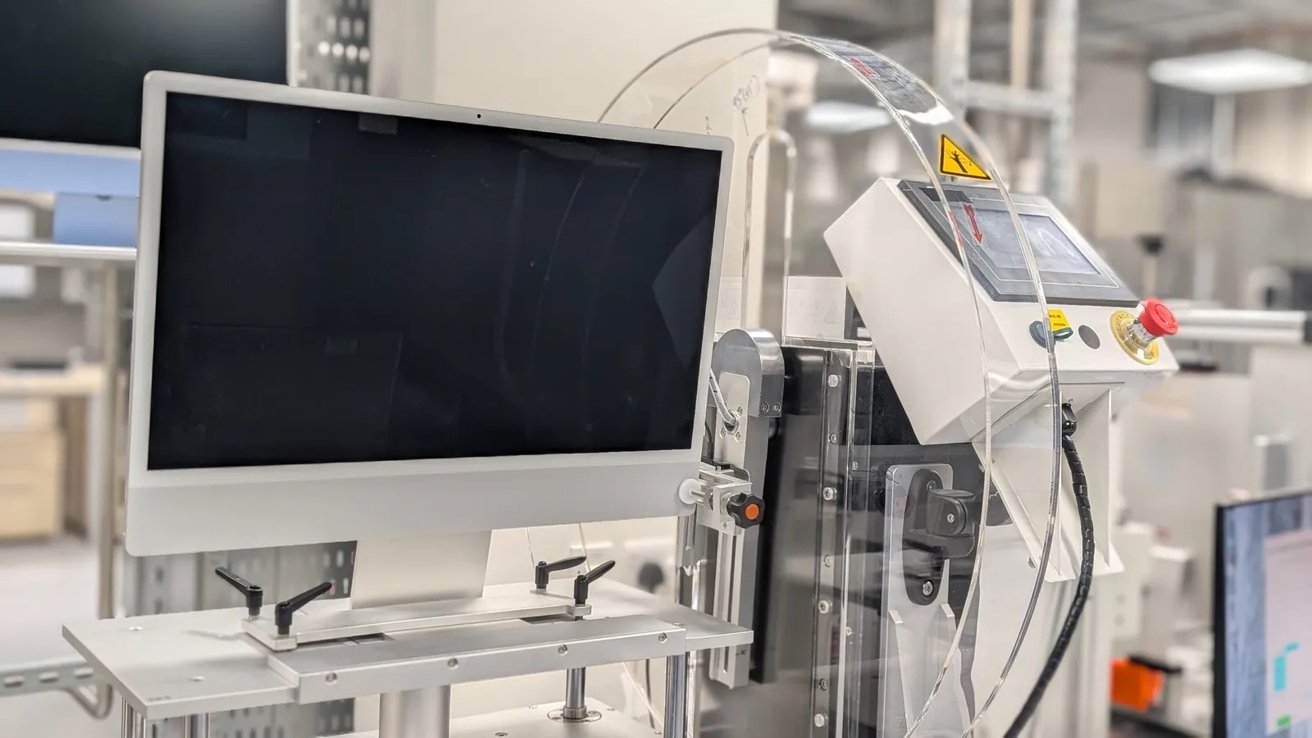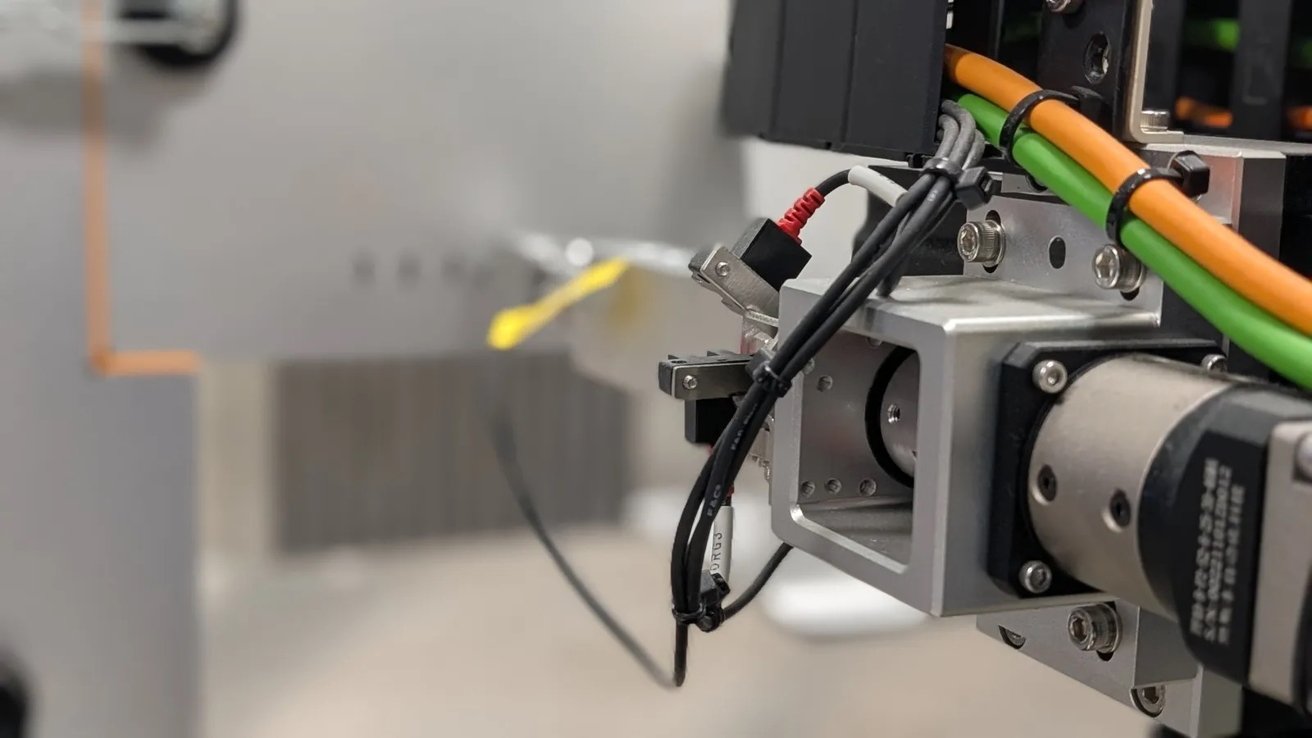Before your iPhone ever reaches your hands, Apple puts it through desert storms, deep freezes, and drop tests inside a secretive Irish lab. Here’s a look inside.
Apple’s futuristic Cupertino headquarters receives most of the attention, but a key part of the company’s product durability effort happens in an unassuming building in Ireland. The Cork campus, which opened in 1980, now employs 6,000 people and serves as Apple’s European headquarters.
That facility houses Apple’s Reliability Testing Lab. Beyond serving as a regional hub, Cork is home to one of Apple’s most important product integrity operations.
Teams simulate years of wear and tear in just days. From drop tests to dust blasts, the lab is designed to mimic everything a device might endure after leaving the box.
Devices are subjected to dozens of scenarios including impacts, extreme temperatures, vibration, humidity, radiation, and chemical exposure. Some machines repeatedly tug charging cables, while others simulate sweaty fingers on screens or bombard ports with ultrafine sand calibrated to match desert dust.
Much of this effort is guided by Apple’s “Longevity by Design” initiative, a company-wide approach to designing products that last longer, are easier to repair, and use recycled materials. The strategy combines materials science, hardware engineering, and custom testing environments to anticipate how devices will perform in real life.
As governments introduce right-to-repair laws and consumers become more climate-conscious, Apple’s investment in long-term durability also protects its brand reputation and product ecosystem.
Reporters from Wallpaper* and MailOnline were recently invited inside the Cork facility’s reliability labs, where Apple stress tests prototypes using simulations that go far beyond industry standards. These iPhones are dropped onto wood, asphalt, and granite — surfaces users are more likely to encounter.
Apple’s iMac computers are baked in ovens at 149 F and exposed to high humidity, then blasted with -4 F air to mimic temperature swings during air travel. Devices are vibrated, shaken, and doused in salt water to replicate beach environments.
While many tech companies rely on standard durability certifications, Apple’s engineers go further by replicating messy, real-world situations that customers actually face. Dropping a phone on granite or testing its resilience in extreme humidity helps prevent failures caused by daily wear.
Turning real-world wear into science
Many of these tests are designed in-house. According to Tom Marieb, Apple’s vice president of product integrity for hardware engineering, the goal is to take real-world usage and reproduce it in a repeatable way.
“So that covers a huge gamut of different things,” Marieb told reporters. “Wherever you might dream of taking it, we’ve thought of it and tested it.”
Some machines are dedicated to tasks that sound simple but are crucial over time — like repeatedly plugging and unplugging a charging cable, or simulating sweaty fingers tapping on the screen. One robot presses on power plugs from different angles, while another uses a cloth infused with moisture to mimic skin.
Dust tests involve blasting ports with ultra-fine sand designed to match the texture of Arizona deserts.

A machine designed to simulate continuous finger taps on a touchscreen. Image credit: Jonathan Bell, Wallpaper*
If a device fails during testing, engineers examine it using X-rays, CT scans, and even a scanning electron microscope with a resolution of just 5 nanometers. These tools help identify internal flaws that would be invisible to the naked eye.
Repairability and recycling help extend lifespan
Apple focuses on helping customers keep their devices longer. Its self-service repair program now includes tools to remove glued-in batteries in under a minute.
Daisy, Apple’s recycling robot, disassembles up to 2.4 million iPhones annually, though that still represents only a fraction of the more than two billion sold.
Hundreds of millions of iPhones over five years old are still in use due to software support and reliability improvements. Keeping devices longer reduces their environmental impact, aligning with Apple’s goal of carbon neutrality in its supply chain by 2030.

The iMacs go through a cold chamber, hit with bursts of -4 F air alternating with blasts of heat. Image credit: Shivali Best, MailOnline
Still, Apple recognizes that users often upgrade for new features rather than necessity.
“If somebody wants a phone at a more frequent level, that’s hopefully because we’ve made new features that are compelling,” Marieb said.
But whether an iPhone is sold, repaired, or passed down, Apple wants to ensure it performs just as well on day 1,000 as it did on day one. For users, that means more reliable performance, higher resale value, and less pressure to upgrade.
In Apple’s view, premium devices should deliver premium value — not just at launch, but for years.






